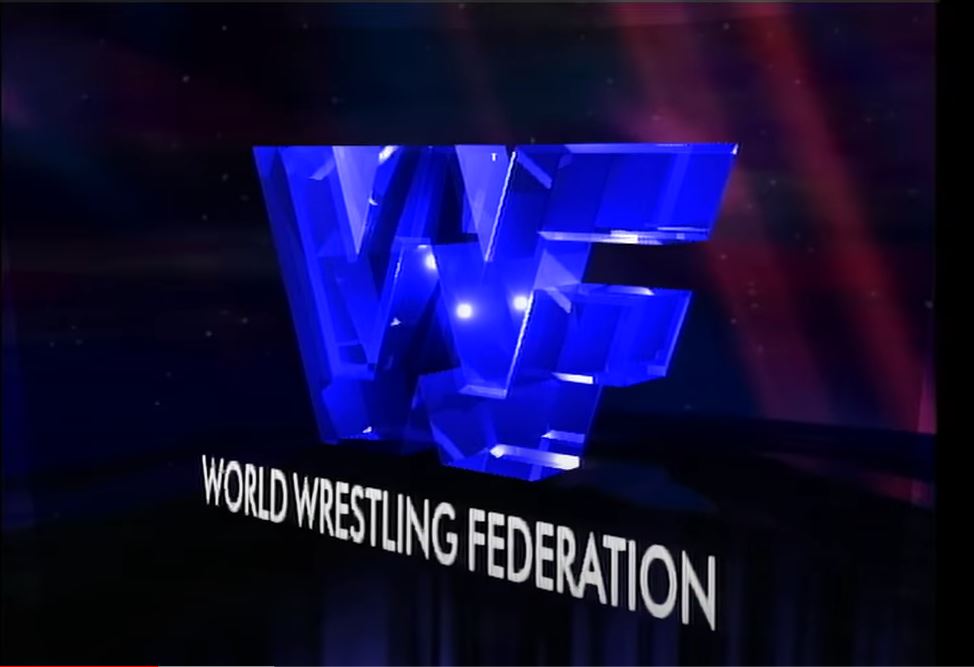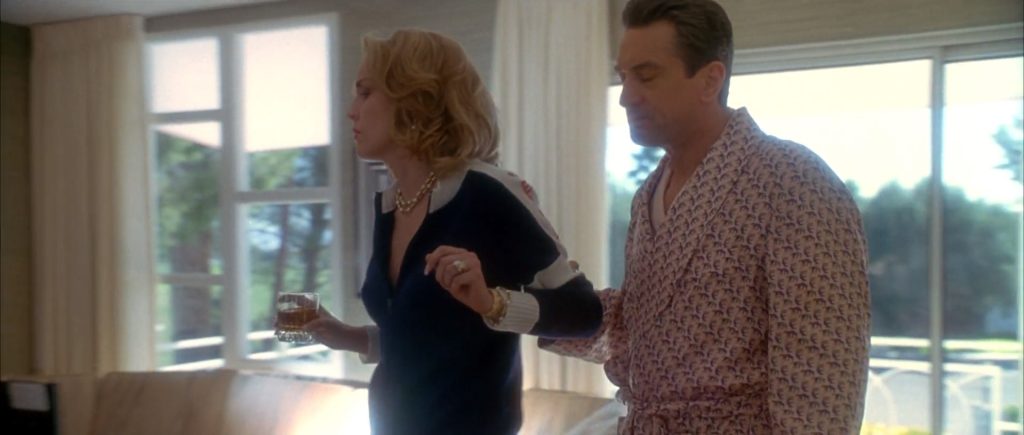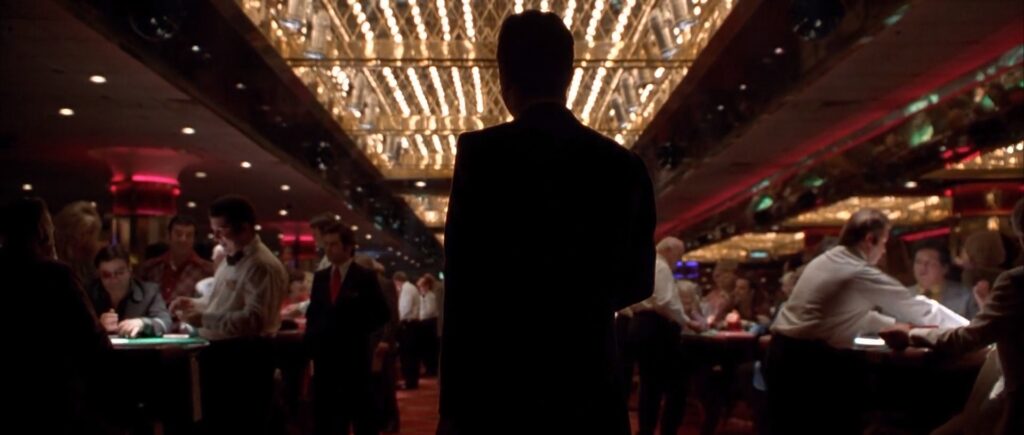Congo (1995): A Brief Dive into the Jungle of Cinematic Ambition – Review

Ah, “Congo.” The tantalizing tale that sought to plunge us into the heart of Africa, promising a roller-coaster ride of suspense, action, and an impressive display of what might be called… “science fiction?” Based on Michael Crichton’s novel, the film boldly ventures where few have gone before, showcasing gorillas with a flair for sign language, and a hunt for rare diamonds that seem more trouble than they’re worth.
Plot: More Twists and Turns Than a Meandering River
The narrative of “Congo” offers a concoction of genre elements: a sprinkle of Indiana Jones-esque adventure, a dash of “Planet of the Apes” intrigue, and a generous pour of sheer, unfiltered chaos. As our intrepid team of explorers, scientists, and opportunists navigate the African terrain, we are treated to a display of their varying motivations, from altruistic to greed-driven. Yet, with the presence of intelligent (and surprisingly vengeful) gorillas and a lost city with a diamond cache, one does wonder if they bit off more than they could chew. But hey, ambition has to count for something, right?
Characters: A Smorgasbord of Personalities
The ensemble cast boasts a variety of characters, from Dr. Karen Ross, the former CIA operative with a mission, to Dr. Peter Elliott, the primatologist with an ape sidekick who’s fluent in sign language. Then there’s Herkermer Homolka, our quirky, diamond-obsessed Romanian philanthropist, because why not add a touch of eccentricity? The characters’ interactions, tensions, and, at times, bewildering decisions add layers of complexity (or confusion) to the narrative. It’s a tapestry of intentions and motivations, woven together with threads of ambition, curiosity, and sheer audacity.
Behind-the-Scenes Magic (or Mayhem?)
The production of “Congo” was, to put it mildly, an adventure in itself. The challenges of filming in dense jungles, managing animatronics (a nod to the pre-CGI era), and orchestrating action-packed sequences were no small feats. Director Frank Marshall and his team certainly had their work cut out for them. The movie made extensive use of Stan Winston’s animatronics, striving for realism in depicting the gorillas. While some might argue the effectiveness of this choice (given the gorillas’ occasionally… theatrical performances), there’s no denying the effort and craftsmanship involved.
Location challenges also abounded. While some scenes were shot in the actual African wilderness, many were filmed on soundstages, requiring meticulous set design to recreate the lush, unpredictable jungle environment. The juxtaposition of authentic locales with soundstage precision is evident, offering viewers an oscillating experience between immersion and detachment.
The Diamond in the Rough: Technical Achievements
“Congo” did push boundaries in certain technical aspects. The visual effects, while perhaps not aging as gracefully as a fine wine, were commendable for the time. The film’s sound design and score, infused with African rhythms and instruments, provide an auditory journey that complements the visual spectacle. In particular, Jerry Goldsmith’s score deserves a nod for capturing the essence of adventure, danger, and the unknown.
Sarcasm Aside: The Legacy of “Congo”
While “Congo” might not be hailed as a cinematic masterpiece, it holds a certain nostalgic charm for those who appreciate 90s adventure flicks. Its audacious plot, eclectic cast of characters, and behind-the-scenes challenges make it a film that’s memorable, if not always for the reasons its creators intended.
In the vast jungle of cinema, “Congo” is that curious creature you can’t help but observe with a mix of bewilderment and fascination. It’s a testament to the spirit of adventure, both on and off-screen, and a reminder that in the world of film, sometimes it’s the journey, not the destination, that truly captivates.




